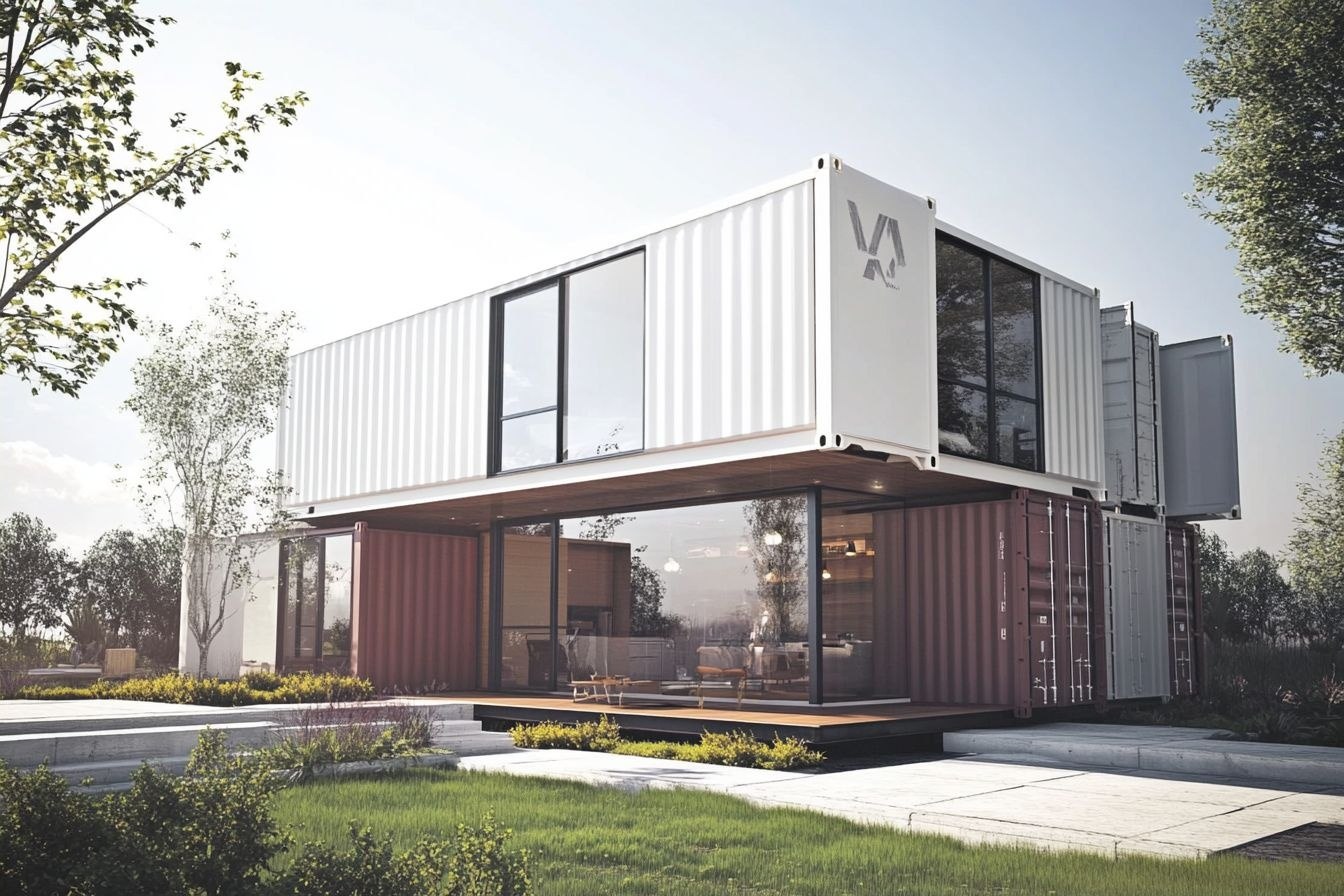Prefabricated Homes: A Practical Guide to Modern Modular Living
Prefabricated homes, often called prefab or modular homes, are built in a factory and assembled on a prepared foundation at the final site. This approach shifts much of the construction from a weather-dependent job site to a controlled environment, improving efficiency and quality. Whether you’re interested in a compact accessory dwelling unit or a spacious family house, prefabrication can deliver predictable timelines, consistent craftsmanship, and a clearer path from design to move-in when coordinated with experienced local services in your area.

How prefab homes are built
Prefab homes start with detailed engineering and shop drawings. Components—either full modules or flat panels—are produced indoors using standardized processes and quality checks. Modules are wired, plumbed, insulated, and finished before transport, then wrapped and delivered by truck. On-site, a crane sets modules onto the foundation, after which crews stitch together building systems, seal connections, and complete exterior and interior finishes. Panelized systems arrive as framed walls and roof sections that are rapidly assembled on site.
It’s important to distinguish modular from manufactured housing. Modular homes typically comply with the same local building codes as site-built houses. Manufactured homes, by contrast, are built to a national standard (in the United States, the HUD code) and may have different siting and financing rules. In many regions worldwide, modular homes integrate seamlessly into neighborhoods because they meet local code and design requirements.
Benefits and trade-offs
The advantages of prefab homes include faster build times, reduced material waste, and improved quality control. Fabrication in a factory mitigates weather delays and enables consistent workmanship. Suppliers can pre-order materials in bulk, reducing offcuts and the risk of damage or theft. Many buyers also value the transparency of a phased process—design, fabrication, delivery, and set—each with clear milestones.
Trade-offs exist. Design changes are difficult once production begins, so decisions must be finalized earlier than in traditional builds. Transport imposes dimensional limits on modules, which can influence plan layouts. Site preparation—utilities, access roads, and foundation—still requires coordination with local services and may impact the schedule. In some markets, financing and insurance steps differ from conventional builds, so early discussions with lenders and insurers in your area are helpful.
Design, materials, and sustainability
Contemporary prefab homes offer flexible architecture, from minimalist cabins to multi-story family dwellings. Many manufacturers support custom floor plans and facade options within modular constraints. Good prefab design anticipates transport dimensions, crane reach, and the sequencing of systems—electrical, plumbing, HVAC—so components align cleanly when modules are joined.
Prefab can be a strong fit for sustainability goals. Factory environments can deliver tighter building envelopes, consistent insulation, and advanced air-sealing, which support energy efficiency. High-performance windows, heat pumps, and balanced ventilation (where available) can further reduce energy demand. Material options range from sustainably sourced timber to steel frames; low-VOC paints and formaldehyde-free composites are increasingly common. Some homes are designed to be solar-ready or to integrate rainwater harvesting, depending on local regulations and climate.
Permits, financing, and timelines
Permitting for modular homes generally follows local building codes and zoning, just like site-built homes. You’ll still need approvals for setbacks, height, and use, and inspections will cover both factory-built components and on-site work. Working with experienced professionals—architects, engineers, and permit expediters—can smooth the process in your area.
Financing can involve a construction loan that converts to a standard mortgage after completion. Because much of the value is created in the factory before delivery, lenders may require specific progress draws or documentation. Timelines vary widely, but a typical path includes design and engineering, factory production, site preparation, transport, set, and finish work. Weather, utility hookups, and inspection schedules can influence the overall duration, so it’s wise to plan contingencies.
Why you might see “bulk_create_keyword” online
If you encounter the term bulk_create_keyword while researching prefabricated homes, it is not a feature, certification, or brand. It is a placeholder string sometimes left behind by content templates or bulk publishing tools when fields weren’t properly filled. In other words, it signals an editorial or data-entry oversight, not a recognized industry term. When evaluating information—whether on a builder’s site, a directory, or a listing—focus on verifiable details: licensing, code compliance, structural specs, energy performance, and warranty terms. If a page contains placeholder terms like bulk_create_keyword, treat the content with caution and look for more reliable descriptions from established sources or directly from local providers in your area.
Factory quality meets site-specific delivery
Prefab homes blend industrial precision with site-specific construction. Factory assembly minimizes variability; on-site work adapts the home to its foundation, climate, and local code. This duality helps explain why prefab can achieve both speed and quality—modules are repeatably produced, yet the final fit and finish respond to the unique context of the site. As the market matures, expect continued improvements in design flexibility, material selection, and compatibility with emerging energy standards.
Common myths, clarified
A frequent misconception is that prefab equals “cookie-cutter.” While some models are standardized for cost and speed, many manufacturers offer curated customization—kitchens, facades, window packages, and interior finishes. Another myth is that prefab homes are temporary or less durable. In reality, modular homes that meet local codes can match or exceed the performance of traditional construction, especially when detailing—flashing, air sealing, thermal breaks—is executed to specification. Site preparation, craning logistics, and weatherproofing at seams are critical steps that reputable teams prioritize.
What to review before you sign
Before committing, review plan sets, structural calculations, and the scope of work that separates factory and site responsibilities. Confirm who handles foundation engineering, transport permits, crane operations, and utility coordination. Ask about lead times, change-order policies, and warranty coverage for both the modules and on-site finishes. If you need local services in your area—surveying, geotechnical assessment, or landscaping—clarify how these interface with the factory schedule. Upfront clarity helps prevent surprises later.
The bottom line
Prefabricated homes offer a compelling path to modern housing: predictable schedules, refined quality control, and meaningful options for design and performance. While you must manage logistics that differ from traditional builds—earlier design lock-in, transport constraints, and specialized financing—the result can be a well-crafted home tailored to your site. Evaluate information carefully, especially if you encounter placeholder terms like bulk_create_keyword, and rely on verified specifications and qualified local professionals to guide your decisions.






